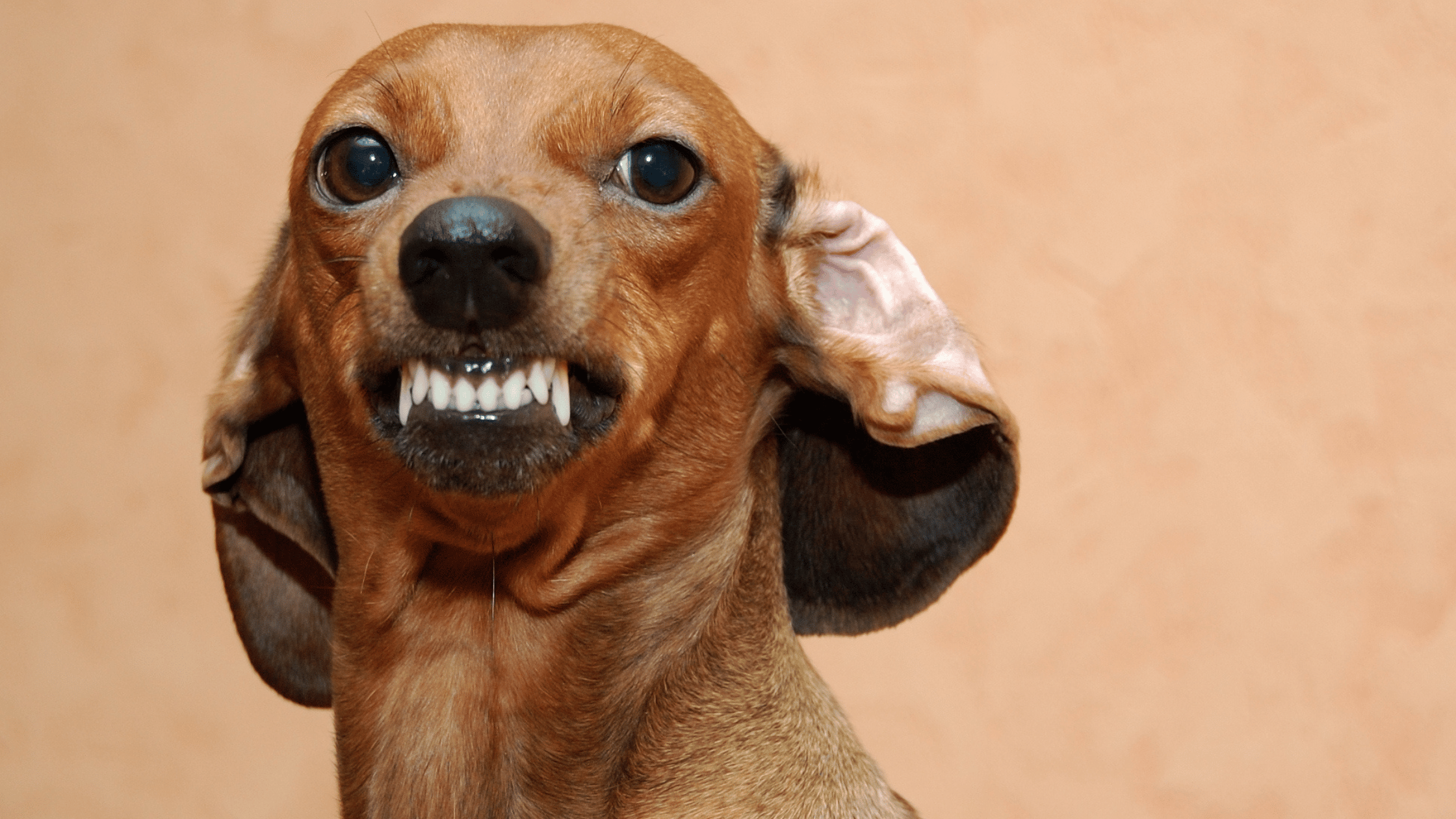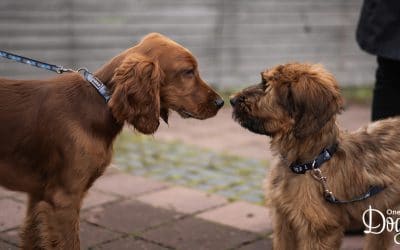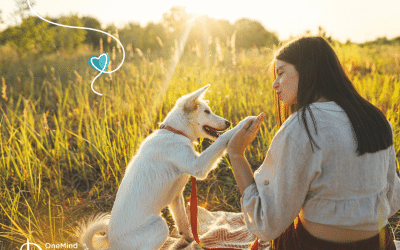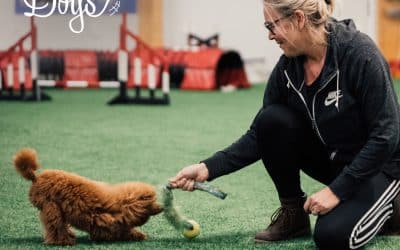Training is a learning experience for humans just as much as it is for the puppy. We often learn even more from our canine companions. Getting a new puppy is embarking on a new adventure together. You’ll be amazed at how much this little ball of fur can teach you!
In the first few weeks together, you and your puppy are both discovering a lot about one another. On top of training, you’re also getting to know their unique and emerging personality.
It’s exciting, but it can also be difficult to determine exactly when and what to train your dog first. That’s why we’re here.
These are 3 common mistakes first-time puppy owners make, and how you can avoid them. We’ll also address how these actions negatively affect your dog, and what you can do instead.
Mistake #1 – Training From a Human’s Point of View Instead of a Dog’s Point of View
Dogs have their own unique perspective. When we try to make them understand the world through our eyes, miscommunication is guaranteed. In order for dog training to be successful, owners first have to learn how their puppy thinks.
Once you learn to think like a dog, you can communicate much more effectively. It’s also a lot less frustrating to speak “dog language” rather than trying to reason with a puppy.
Mistake #2 – Using Commands Your Dog Doesn’t Know
You’re telling your puppy to sit, be quiet, come, lay down…all without actually teaching them what any of these words mean.
Commands are cues that dogs have to associate with an action. “Sit” only means something after a dog has paired that particular vocal command with the behavior of putting his bum on the ground.
Puppies have extremely short attention spans, and they are highly prone to distraction. Focus on teaching them one thing at a time, rather than overwhelming them with too many commands and expectations.
Without clear expectations and guidelines, puppies can feel stressed and anxious. You want to provide them with a sense of security, which translates into trust. To accomplish this, you’ll need to make a list of skills you’ll teach them, and know exactly how and when you’ll train.
Mistake #3 — Only Reacting to Bad Behavior vs. Positive Reinforcement
It’s natural for puppy owners to respond negatively when their curious dog does something they dislike. Maybe it’s nipping your heels, or ripping up a pillow. But what they don’t realize is that negative responses can actually enforce rather than deter bad puppy manners.
In order to get a dog to respond positively, you have to teach them what you want to see. You can’t tell a dog, “Stop biting me,” and expect them to naturally go look for a more suitable chew toy.
Instead, you have to give your puppy the best alternative. Show them the way, and they will follow. The secret lies in associating desirable actions with motivating rewards.
Puppies love positive attention, like pats and praise, as well as tasty treats and toys. Use these as you’re teaching your dog what you want them to do.
Discover more puppy training mistakes and tips for success in our free webinar!
OneMind Dogs Coach Noora Keskievari covers exactly what new owners need to know to enjoy a happy, healthy relationship with their pet.
Sign up for the FREE webinar + additional emails filled with tips to succeed with your pup: https://www.oneminddogs.com/puppy-webinar-5-top-tips/



